When George Orwell wasn't lampooning totalitarian regimes in 1984, or maligning pigs in Animal Farm, he was passionate about two other things: The use of plain English; and How to make a nice cup of tea.
In his essay published in 1946 entitled 'Politics and the English language', Orwell set out six rules to follow for writing plain English.
Orwell Rule 1.
Never use a metaphor, simile, or other figure of speech which you are used to seeing in print.
Included in this rule is the irritating and persistent use of clichés, such as 'What's not to like?', 'Join the club', and 'Try thinking outside the box'.
Clichés are a lazy way of expressing oneself and so are particularly popular with politicians. One cliché that politicians are particularly fond of is: 'Doing nothing is not an option', which is ironic as they seem to spend most of their time doing nothing.
Another cliché favoured by politicians is 'not acceptable', which they can use in the most inappropriate ways, such as: 'The recent rioting, looting and setting fire to buildings on the streets of London is not acceptable'.
Orwell Rule 2.
Never use a long word where a short one will do.
In practice people often shorten long words in their everyday speech. Thus perambulator becomes pram, refrigerator becomes fridge, veterinarian becomes vet, etc.
Orwell Rule 3.
If it is possible to cut a word out, always cut it out.
Avoid too much verbiage.
Orwell Rule 4.
Never use the passive when you can use the active.
An active verb has a subject which is performing the action of the verb while a passive verb has a subject which is undergoing the action of the verb. We could say, for instance: 'Jenny was sent an email'. This tells us that Jenny was sent an email but not who sent it. Presumably the email didn't send itself. But if we put the sentence in the active is becomes: 'Nicky sent an email to Jenny', and now we know who sent the email to Jenny.
Orwell Rule 5
Never use a foreign phrase, a scientific word, or a jargon word if you can think of an everyday English equivalent.
Jargon are special words used by professionals among other professionals and are therefore the opposite of plain English. We recently heard a librarian on radio say: 'The number of footfalls in libraries is on the increase'. Footfalls here is a piece of jargon used to mean visitors. The librarian could have said: 'The number of visitors to libraries is on the increase'. Or more simply: 'More people are visiting libraries'.
Orwell Rule 6
Break any of these rules sooner than say anything outright barbarous
'...tea is one of the main stays of civilization....' George Orwell
For lubrication while writing his novels Orwell would often pop into the kitchen and make himself a pot of tea. And on 12 January 1946 the Evening Standard newspaper printed an article that Orwell wrote on the subject and which he called A Nice Cup of Tea.
In 1946 tea was still rationed in Britain (and would remain so until 1952) and Orwell's article was to help people to wring out their 'ration of twenty good, strong cups of tea' that the ration of 'two ounces, properly handled, ought to represent'.
To do this he recommended his own eleven rules 'every one of which I regard as golden'.
The rules include only drinking Indian or Ceylonese (now Sri Lanka) tea, made in a pot and not an urn, with the pot warmed beforehand on the hob and not with hot water.
The teapot, in Orwell's view, should be taken to the kettle and not the other way round, and the water should be boiling 'at the moment of impact'.
The type of vessel from which the tea is drunk is also important, and should be 'a good breakfast cup', though he also wonders why it should be considered vulgar to drink tea out of a saucer.
But the rule that Orwell acknowledges as 'one of the most controversial points of all' is the perennial question of whether one should pour the tea into the cup before or after the milk.
He acknowledges that the 'milk-first school can bring forward some fairly strong arguments', but his own view is that the tea should be put in first in order that 'one can exactly regulate the amount of milk' and so avoid putting in too much.
Both articles are widely available on the Internet.




























.jpg)



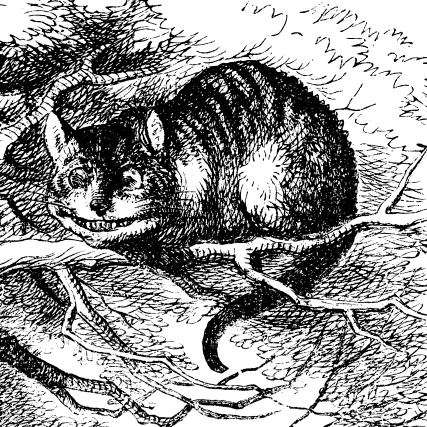


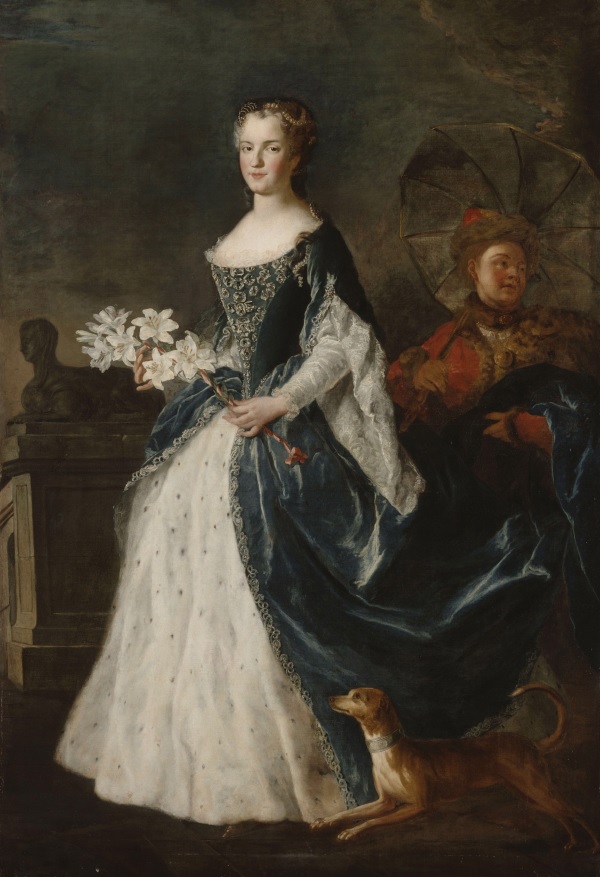

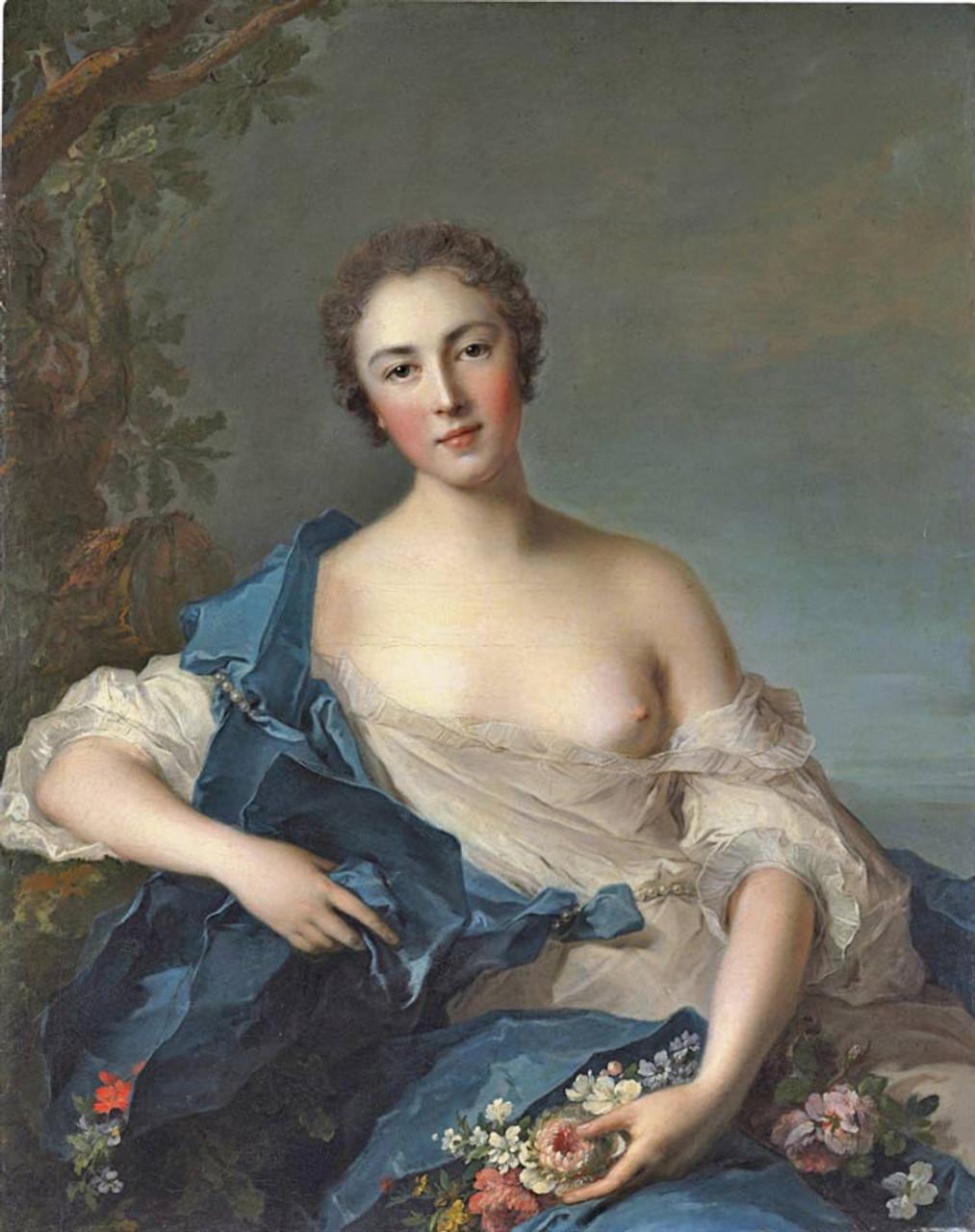

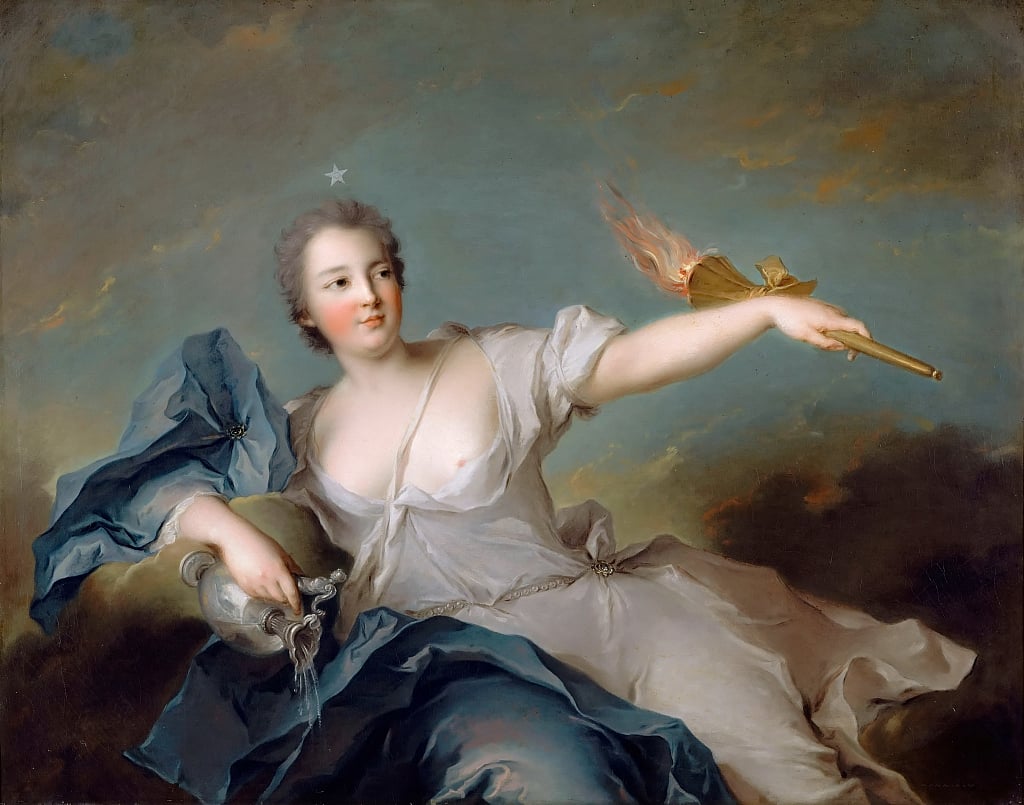
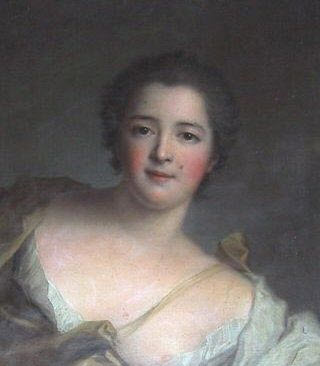
.jpg)


